Advertisement
Cleveland Clinic experience with a lung transplant patient
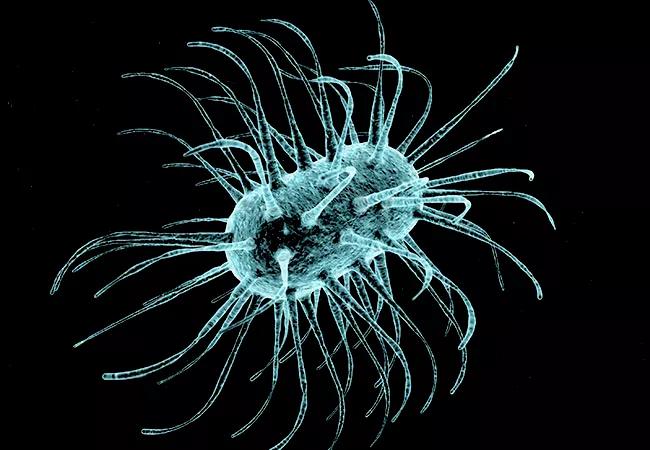
Advertisement
Cleveland Clinic is a non-profit academic medical center. Advertising on our site helps support our mission. We do not endorse non-Cleveland Clinic products or services. Policy
With the emergence of extensively drug-resistant bacterial infections and the recognition of other limitations to traditional antibiotics over the past few decades, bacteriophage therapy (BT) has reemerged as a strategy for the treatment of bacterial infections. Pharmacological antibacterial therapies eclipsed this century-old therapy in decades past, but now the use of lytic phages to kill infections is on the rise. In Cleveland Clinic’s Respiratory Institute, we are employing this strategy with difficult-to-treat infections and are collaborating with other institutions to advance the study of this treatment.
Bacteriophages are viruses that infect bacteria. They are ubiquitous, present in high concentrations in environmental sources, including sea, swamp and sewage waters. Present wherever bacteria reside in high concentrations, they are the next stratum of the human microbiome, infecting bacteria of the human digestive tract and other niches.
Much like viruses that infect human cells, bacteriophages are comprised of RNA or DNA and viral proteins and vary in their genetic diversity and complexity. Bacteriophages can be lysogenic or lytic. Lysogenic phages integrate into the bacterial cell chromosome. Lytic phages infect the bacterial cell through attachment to specific receptors, replicate and assemble in the cellular cytoplasm, lyse the cell and release their progeny which are then able to infect additional targeted bacteria. Lytic phages are used almost exclusively in BT, since the intended result is destroying bacterial cells through lysis (Fig. 1)

Figure 1
Advertisement
Advantages to BT include its ability to target specific bacteria, including multidrug-resistant (MDR) strains, which causes minimal impact on the host microbiome. Some phage strains also penetrate bacteria within biofilm and affect slowly growing organisms. Some data suggest that phage therapy may also enhance response to traditional antibiotics either by killing the most drug-resistant strains, or by creating a defensive bacterial response that results in improved antibiotic susceptibility.
An important disadvantage to BT is the relatively rapid development of resistance to single phages. Treatment strategies thus often involve multiple phages (“phage cocktails”) used in combination and in sequence. Phages can also elicit a human immunologic response. While bacteriophages do not infect human cells, they have been shown to result in complement and antibody production in animal models and in some patients. There is thus concern that this could cause unexpected inflammatory responses that are detrimental to patients.
A major obstacle to routine BT use is the time that it can take to identify an infective phage or multiple phages that will infect a patient’s unique bacterial isolate. The pharmaceutical industry is aiming to create off-the-shelf cocktails likely to infect common drug-resistant bacterial species, most notably Staphylococcus aureus and Pseudomonas aeruginosa. However, for a specific patient isolate, the phages included in the cocktail may not be infective and must be personalized. Successful personalized BT has recently been reported for serious MDR Acinetobacter, Pseudomonas and Staphyloccus infections.
As a national referral center, our lung transplantation program accepts patients with cystic fibrosis who harbor highly drug-resistant organisms. Rarely, these organisms cause serious post-transplant infection.
Advertisement
We recently used phage therapy in a lung transplant recipient with cystic fibrosis who developed persisting post-transplant infection with the same MDR Burkholderia dolosa that she harbored pretransplant, and and who was unable to clear her infection with traditional antibiotic therapy. In collaboration with Adaptive Phage Therapeutics Inc. and with approval by the Federal Drug Administration for emergency Investigative New Drug (eIND) use, a lytic bacteriophage specific to her Burkholderia isolate was identified from an environmental source. It was then amplified in bacterial culture, purified and administered intravenously to our patient in combination with traditional antibacterial drugs. Her symptoms of infection rapidly improved with resolution of fever, improved infiltrates on CT imaging and markedly reduced bacterial counts on culture of bronchoalveolar lavage fluid. After several weeks of phage therapy, and for the first time in her post-transplant course, she was ventilator independent and ambulatory. Despite initial improvements, the treatment response was not sustained, and she ultimately succumbed to sepsis with B. dolosa.
Her experience with BT was amongst the first reported in a lung transplant recipient. The treatment was well-tolerated and did not appear to trigger an immune response directed to her donor lung. However, the use of a single phage that took several months to identify from an environmental source possibly limited the efficacy of the therapy as bacterial resistance to the phage could have evolved during this time failure.
Cleveland Clinic is collaborating with the Center for Innovative Phage Applications and Therapeutics (IPATH) at the University of San Diego and others to plan investigative treatment strategies for cystic fibrosis patients being listed for lung transplantation and colonized with resistant Burkholderia strains.
It remains unclear how this century-old treatment strategy will change the landscape of antibacterial therapy. Several applications have been proposed. Despite its potential limitations, it is time to define the optimal use of phage therapy in our most difficult-to-treat infections.
Dr. Koval (kovalc@ccf.org; 216.444.8831) is Section Head for Transplant Infectious Disease in the Department of Infectious Diseases in the Respiratory Institute.
Advertisement
Advertisement
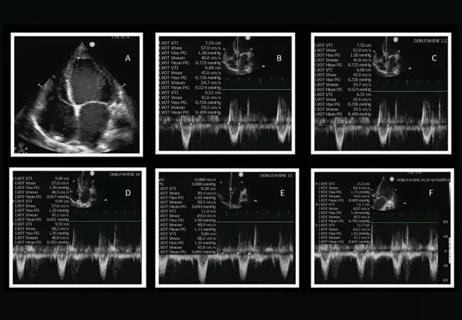
A recent case illustrates how timely and appropriate use of POCUS can provide benefits at all stages of the care path
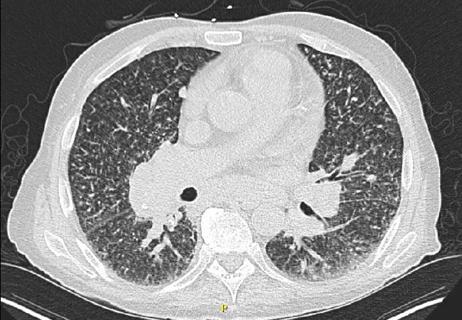
An inability to obtain a biopsy of the patient’s hilar lymphadenopathy due to severe PAH and severe hypoxemia made diagnosis verification challenging
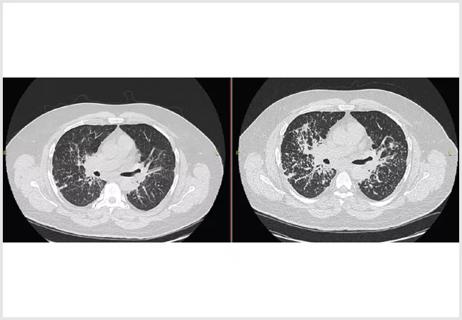
A multidisciplinary approach to treatment can be beneficial since other organs in addition to the lungs can be affected by the systemic disease
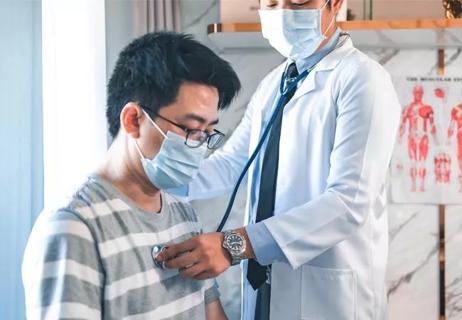
This case illustrates the importance of looking at the bigger picture when considering a patient’s respiratory symptoms.

Multidisciplinary treatment of rare and complex immunodeficiencies
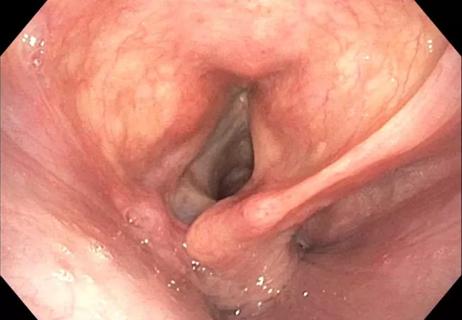
Ruling out a common diagnosis and identifying an elusive condition
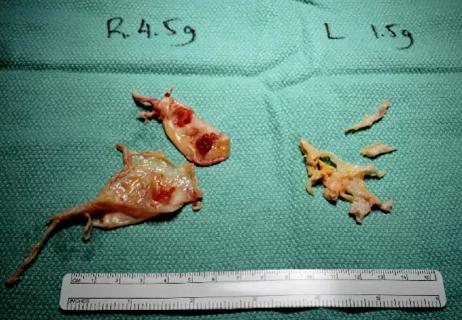
Pulmonary endarterectomy improves outcomes for many patients

Physicians present a case study, discuss clinical guidelines and the value of a multidisciplinary approach